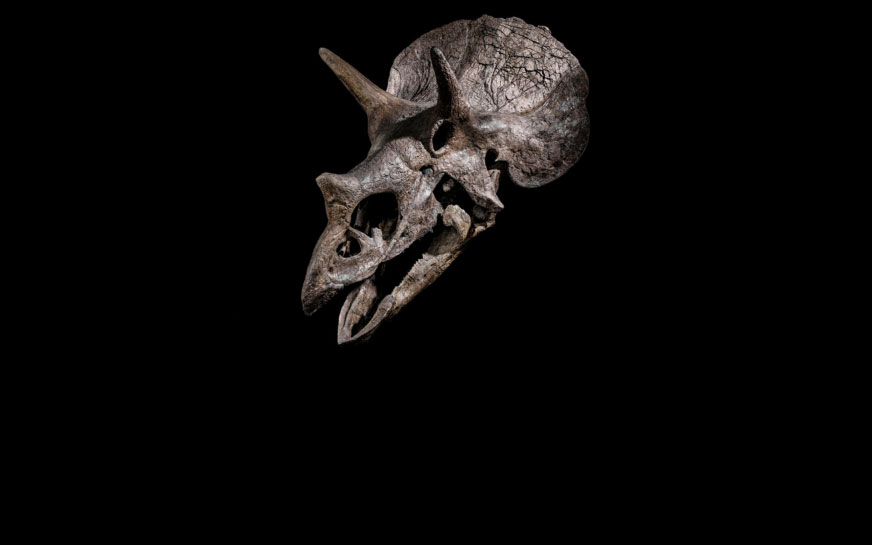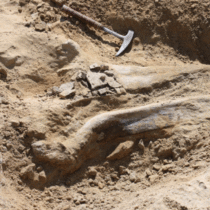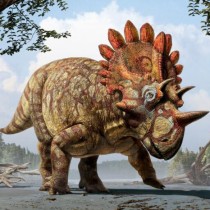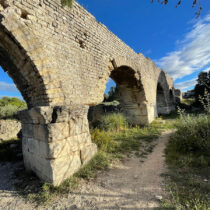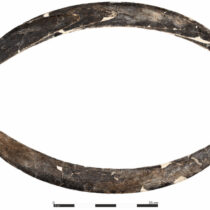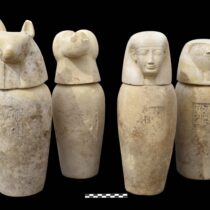The auction house Giquello presents a rare Triceratops skull, set to make its debut at public auction on December 12 at the Hôtel Drouot. Discovered in the early 2000s by an American on his private ranch in South Dakota, this remarkable specimen from the Late Cretaceous period (67 million years ago) has remained in the same collection since its discovery.
For over two decades, renowned paleontologist and passionate professor Gary R. Olson kept this monumental skull (measuring 170 cm in length) a closely guarded secret. Upon his passing, the skull has been brought to life by the expert team at Zoic, an internationally renowned preparation laboratory commissioned by over 200 museums worldwide, ahead of its Paris auction. At a time when global interest in dinosaur fossils is surging, Triceratops skulls remain among the most coveted specimens on the market, often achieving record-breaking prices at auction.
Alongside this exceptional fossil, the sale will feature a dramatic Paleolithic scene: a giant deer under attack by two wolves, appearing on the market for the first time, with an estimate of €350,000–450,000. Although more recent than the Triceratops skull, this Pleistocene-era fossil group is of extraordinary rarity, making it highly sought-after by collectors of exceptional specimens. This fierce hunting tableau, reconstructed specifically for this sale, combines fossils unearthed on both sides of the Atlantic: two ferocious wolves—one from the United Kingdom and the other from the United States—launch an attack on an imposing Megaloceros, a giant prehistoric deer from Ukraine.
First described in the late 18th century from specimens found in Ireland, the Megaloceros has long captivated enthusiasts. Fossilized antlers and skulls, regarded as rare prehistoric trophies, have adorned the walls of grand English estates for centuries. This dramatic composition, scientifically assembled, recreates a merciless struggle between these creatures, vividly illustrating the megafauna of the Pleistocene epoch—an era when vast continents were inhabited by now-extinct giants.
